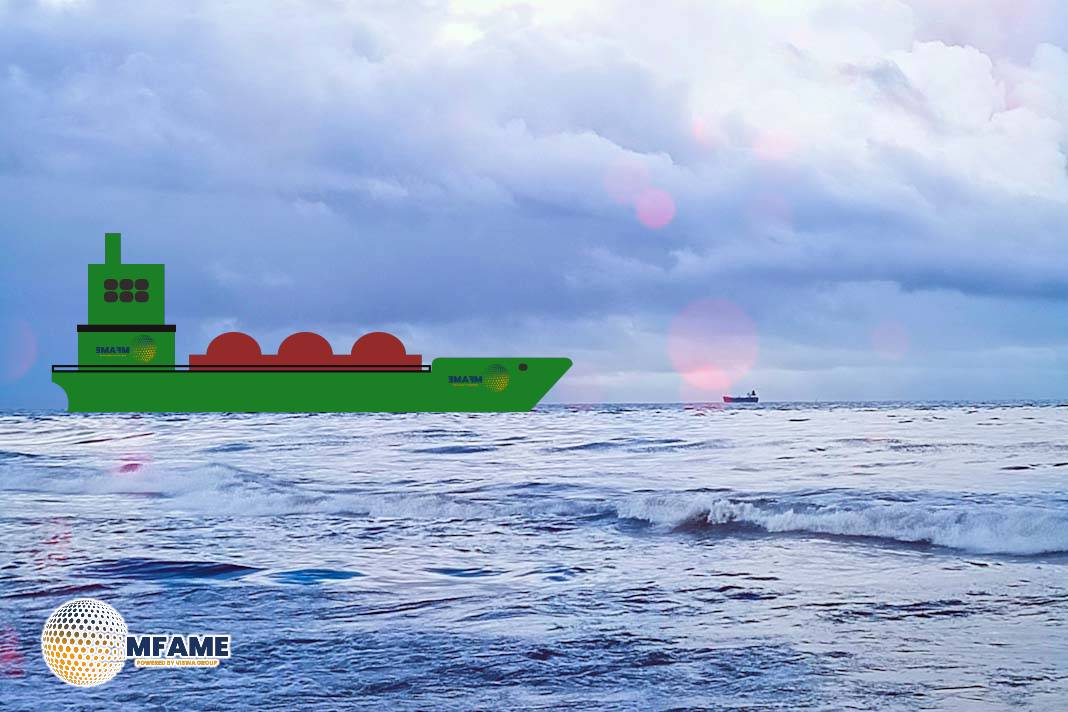Hurricane Erin is currently tracking through the western Atlantic, and it is proving to be more than just another storm in the hurricane season, reports gCaptain.
While its wind speeds are substantial, what sets Erin apart is its size and the extraordinary sea conditions it’s generating. As it moves northward, the storm is producing wave heights that pose a serious threat to maritime traffic in one of the world’s most heavily traveled ocean corridors.
Massive Wave Heights Endanger Vessels
Forecast models show that significant wave heights—defined as the average height of the highest third of waves—could reach up to 16 meters (around 53 feet) in the southern semicircle of the storm. However, these figures only tell part of the story. Individual rogue waves, which can occur unexpectedly, may climb to double that height, potentially exceeding 30 meters (nearly 100 feet). These waves could pose an extreme hazard to any vessel caught within the storm’s broad reach.
Hurricane Erin’s Expanding Wind Field
The storm’s wind field is also remarkable in scale. Hurricane-force winds extend outward for roughly 80 miles from the storm’s center, while tropical-storm-force winds reach up to 205 miles. This wide area of influence means Erin’s impact stretches far beyond its core, affecting a broad swath of the Atlantic Ocean. As of now, the hurricane is located about 690 miles south-southeast of Cape Hatteras, and it is expected to continue tracking north before turning northeast, skirting between the U.S. East Coast and Bermuda.
Shipping Lanes Under Threat
With such a wide area of strong winds and massive waves, major transatlantic shipping routes are facing heightened risks. Vessels operating within 330 nautical miles of the storm’s southern edge are likely to encounter extremely hazardous conditions. Commercial cargo ships, tankers, fishing vessels, and cruise liners all need to take proactive measures to avoid the storm’s path. The potential for sudden, enormous waves makes navigation treacherous even for well-equipped, modern ships.
Coastal Effects Beyond the Storm’s Path
While Erin is not expected to make direct landfall, its effects are already being felt along the coasts of the Bahamas, Bermuda, the eastern United States, and even parts of Atlantic Canada. The storm is driving powerful ocean swells far ahead of its center, creating dangerous surf conditions and strong rip currents. These indirect coastal impacts may continue to intensify as the hurricane moves farther north.
Precautionary Measures Urged
Maritime operators are urged to carefully monitor updated forecasts and reroute vessels where possible. Avoiding the high-risk zones in Erin’s southern semicircle should be a top priority. Crews are advised to stay in close contact with shore-based operations centers and marine safety authorities for the latest information. Given the possibility of individual waves exceeding 30 meters, the risks cannot be overstated. The combination of vast wave fields, unpredictable rogue waves, and long-range swell makes this storm a major threat to both offshore operations and transoceanic shipping.
Did you subscribe to our daily Newsletter?
It’s Free Click here to Subscribe!
Source: gCaptain
























